Le Corbusier, one of the most influential figures in the world of architecture and design, reshaped our understanding of modernism. His work, defined by clean lines, functional forms, and a commitment to simplicity, continues to inspire contemporary interiors. In his approach to design, every element served a purpose, and this philosophy extended to the choice of lighting. For those seeking to channel Le Corbusier’s vision, minimalist lamps with geometric shapes and a restrained color palette are essential.
Modernist interiors are defined by their simplicity, where form follows function, and this principle is at the heart of the lighting choices inspired by Le Corbusier. The lamps themselves become a quiet statement, enhancing the architecture of the room without overwhelming it. Geometric designs—whether in the form of sharp rectangles, smooth cylinders, or angular triangles—create a visual harmony that complements the purity of modernist spaces. These shapes offer a refined beauty that stands in quiet contrast to the ornamentation of more traditional styles.
Le Corbusier’s love for the interplay of light and shadow within architectural spaces is reflected in his preference for functional, adjustable lighting. Wall sconces that pivot, desk lamps with sleek arms, and floor lamps with geometric bases provide practical solutions without sacrificing elegance. These lamps are as much tools as they are design pieces, serving to highlight the clean lines of the room while maintaining a sense of understated refinement.
When it comes to color, Le Corbusier’s palette for lighting is as disciplined as his architectural approach: black, white, and occasionally muted grays. These tones reflect the modernist ethos, where neutral colors allow the space itself to be the star. A black minimalist desk lamp, for example, not only provides focused light but also grounds the room, offering a stark contrast to light walls or furniture. White tones, on the other hand, blend seamlessly into the background, becoming almost invisible yet vital to the room’s function.
Simplicity, however, does not mean the absence of beauty. A geometric lamp in black or white, placed carefully in a room, creates a dialogue with the surrounding furniture and architecture. The subtle gleam of metal or the matte finish of a lacquered surface adds a layer of texture to the space, emphasizing the materials without unnecessary decoration.
Le Corbusier's influence is not just in the buildings he designed but in how he imagined every element working together to create a harmonious whole. The lighting in such a space does not shout for attention; instead, it complements the clean lines of the furniture, the neutral tones of the walls, and the open, functional layout of the room. This is the essence of modernist lighting—sophisticated, functional, and elegantly simple.
For those looking to bring the spirit of Le Corbusier into their homes, the choice of lighting is paramount. Opt for minimalist lamps with geometric designs, in either black or white tones, to reflect his vision. A sleek desk lamp or an adjustable wall sconce perfectly captures the balance between form and function, embodying the essence of modernism in its purest form.

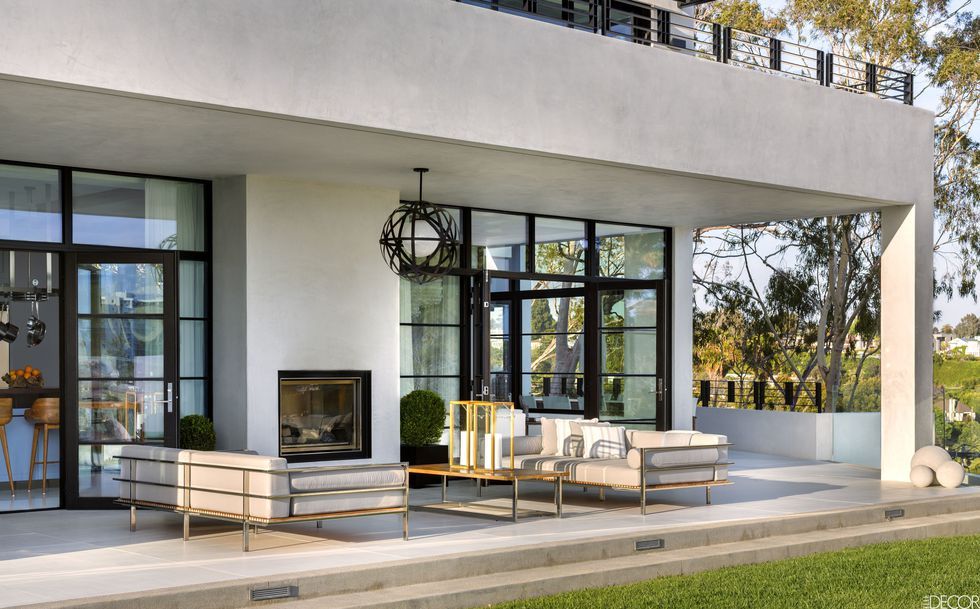


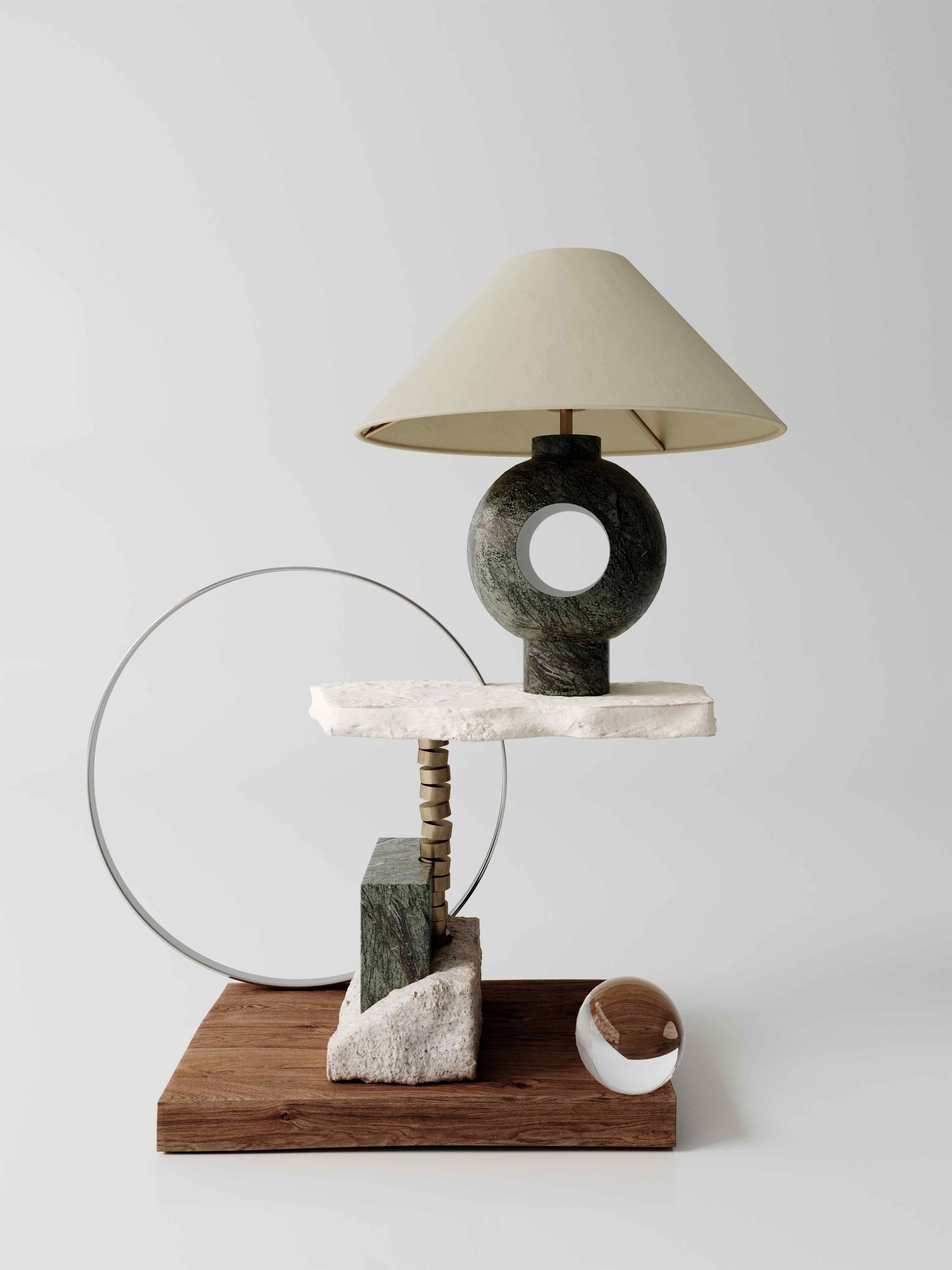
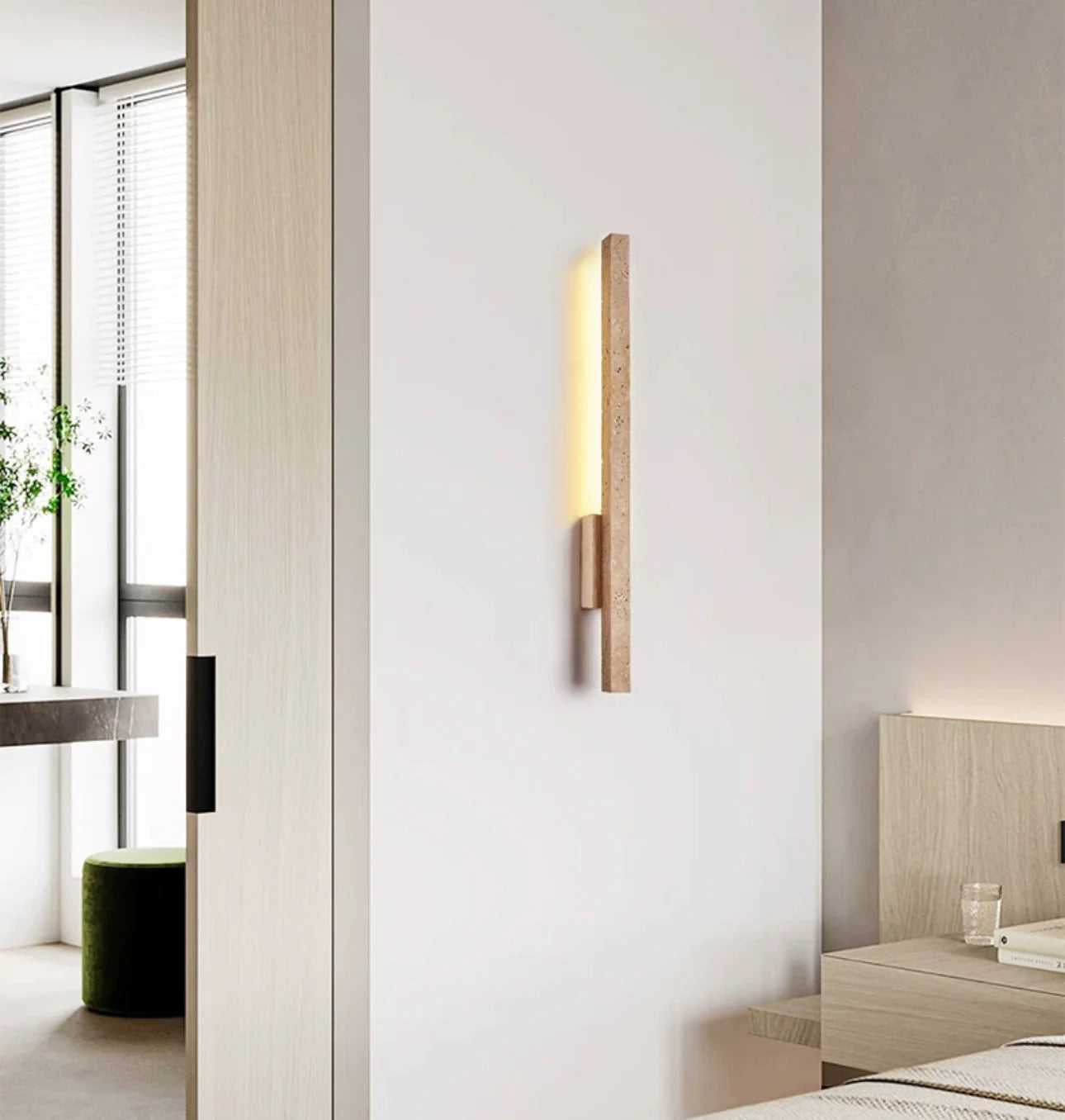
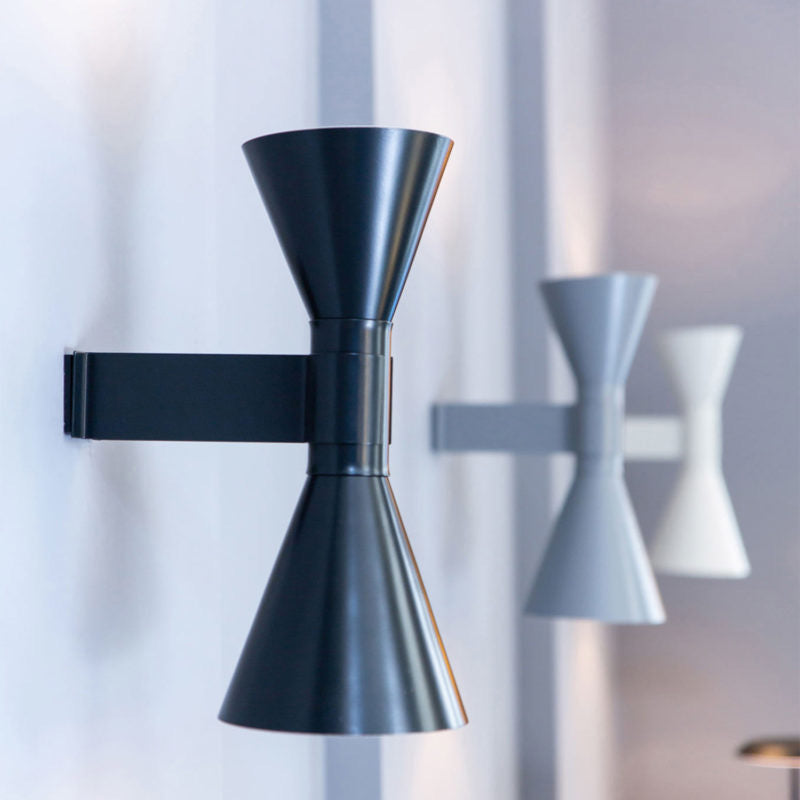
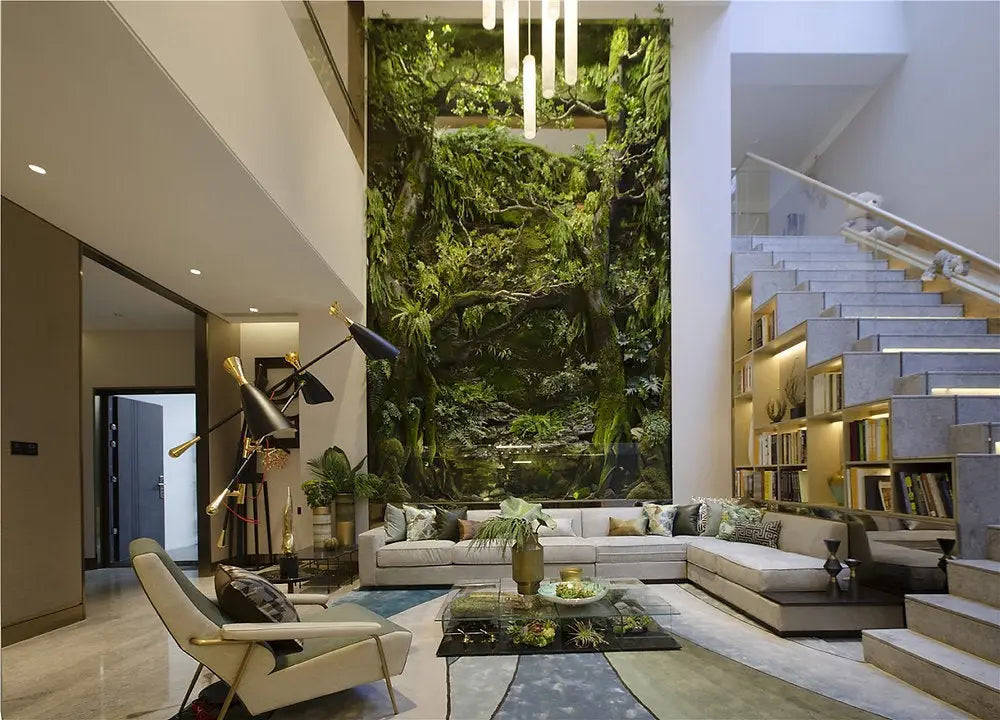
























Commenta
Nota che i commenti devono essere approvati prima di essere pubblicati.
Questo sito è protetto da hCaptcha e applica le Norme sulla privacy e i Termini di servizio di hCaptcha.